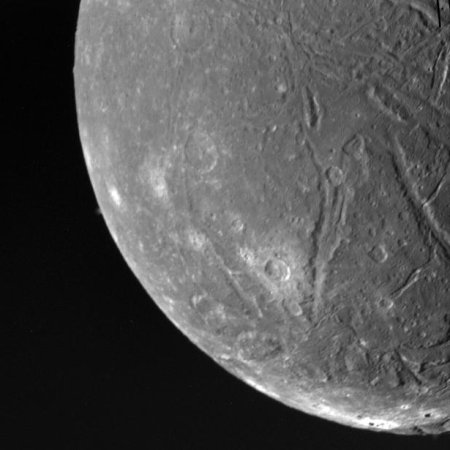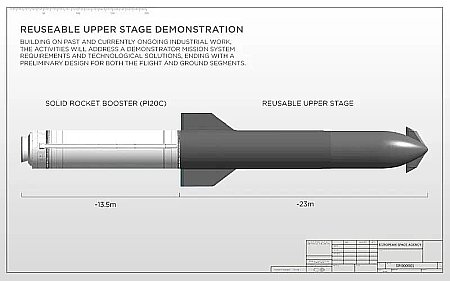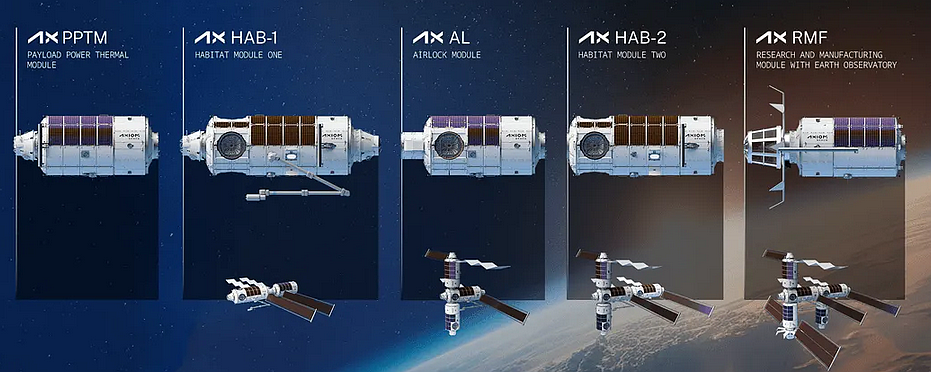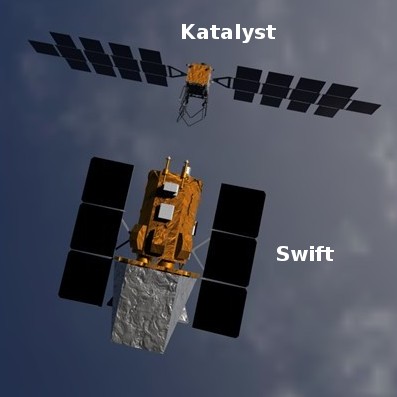China launches two “test satellites”
China earlier today successfully launched two test satellites for “experimental verification of Earth observation technologies, its Long March 2D rocket lifting off from its Xichang space port in southwest China.
No word on where the rocket’s lower stages, using very toxic hypergolic fuels, crashed inside China. The two satellites are part of the Shiyan family of satellites that have done rendezvous and proximity operations as well as surveillance of other satellites in orbit.
The leaders in the 2025 launch race:
126 SpaceX
58 China
13 Russia
12 Rocket Lab
SpaceX still leads the rest of the world in successful launches, 126 to 98.
China earlier today successfully launched two test satellites for “experimental verification of Earth observation technologies, its Long March 2D rocket lifting off from its Xichang space port in southwest China.
No word on where the rocket’s lower stages, using very toxic hypergolic fuels, crashed inside China. The two satellites are part of the Shiyan family of satellites that have done rendezvous and proximity operations as well as surveillance of other satellites in orbit.
The leaders in the 2025 launch race:
126 SpaceX
58 China
13 Russia
12 Rocket Lab
SpaceX still leads the rest of the world in successful launches, 126 to 98.














